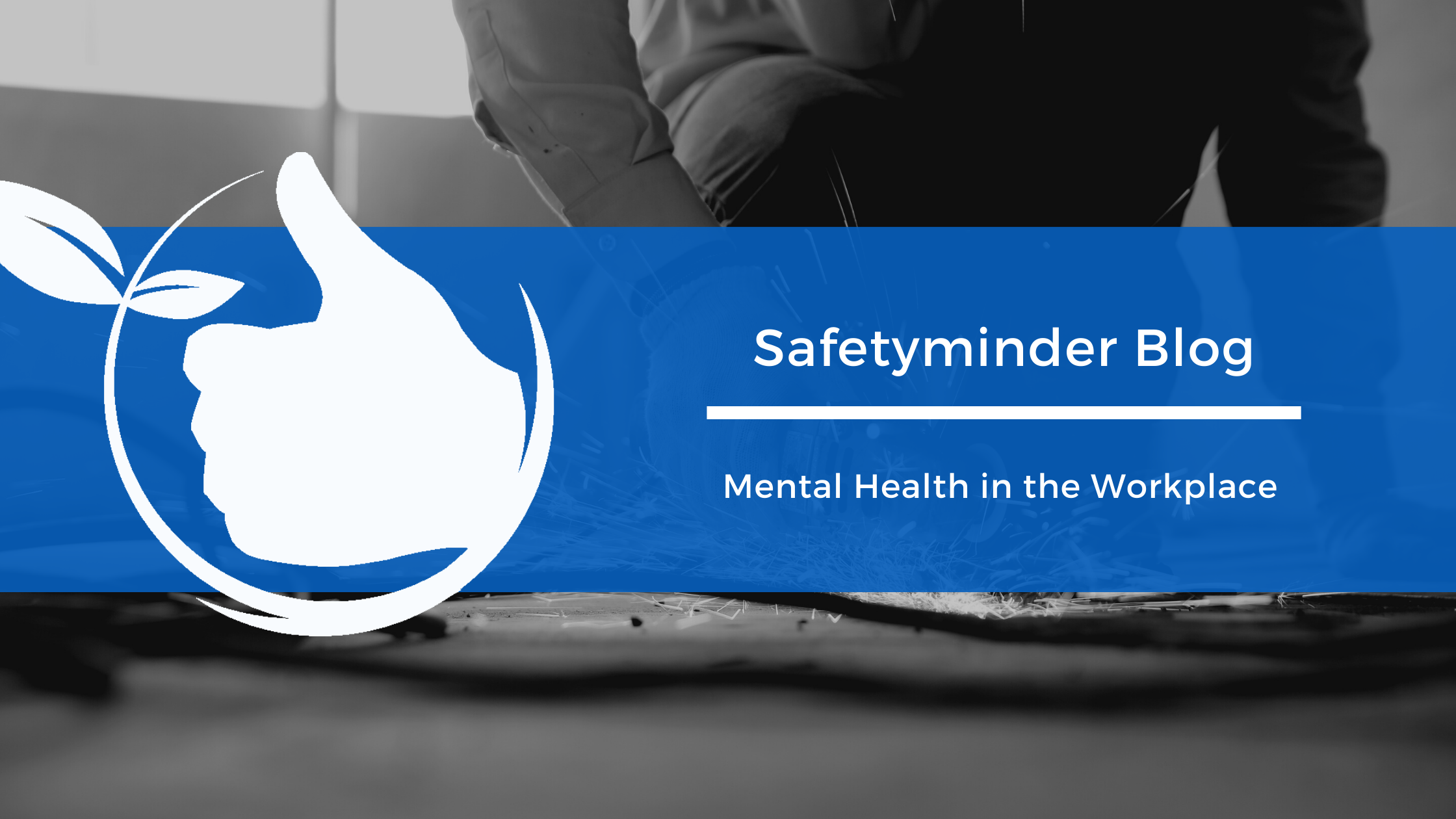
Mental health in the workplace
Mental health can be adversely affected by exposure to a range of hazards or factors in the workplace, including, for example:
- high job demand
- low job demand
- poor support
- poor workplace relationships
- low role clarity
- poor organisational change management
- poor organisational justice
- poor environmental conditions
- remote or isolated work, and
- violent or traumatic events.
Exposure to these hazards can lead to work-related stress. When stress is very high and or prolonged it can in turn lead to work-related psychological or physical injury. For example, work-related stress may lead to depression and anxiety in the long term.
Work-related stress has been linked with high levels of:
- unplanned absences including sick leave
- staff turnover
- withdrawal and presenteeism, and
- poor work and poor product quality.
Work-related stress
Between 2010–11 and 2014–15, around 91% of workers’ compensation claims involving a mental health condition were linked to work-related stress or mental stress—mental stress refers to the mechanism of injury describing work-related stress in claims data. The most common mechanisms causing mental stress were:
- work pressure (31%)
- work-related harassment and/or bullying (27%)
- exposure to workplace or occupational violence (14%)
- other mental stress (9%)
- exposure to a traumatic event (7%)
- vehicle accident (3%)
- being assaulted (3%), and
- sexual/racial harassment (2%).
Most at risk occupations
Over the five-year period reviewed by Safe Work Australia, the occupations with the highest rate of claims for mental health conditions were:
- defence force members, fire fighters and police (5.3 claims per million hours), specifically police (6.6)
- automobile, bus and rail drivers (2.8 claims per million hours), specifically train and tram drivers (10.3)
- health and welfare support workers (2.8 claims per million hours), specifically indigenous health workers (6.0)
- prison and security officers (1.6 claims per million hours), specifically prison officers (4.0), and
- social and welfare professionals (1.2 claims per million hours).
The highest occupation unit groups were:
- train and tram drivers (10.3 claims per million hours)
- police (6.6 claims per million hours)
- Indigenous health workers (6.0 claims per million hours)
- prison officers (4.0 claims per million hours)
- ambulance officers and paramedics (4.0 claims per million hours).
The overall rate of claims for mental health conditions (all occupations) was 0.51 claims per million hours, and the frequency rate fell from 0.51 in 2005–06 to 0.43 in 2014–15.
The nature of these occupation groups suggests that workers who receive compensation for a work-related mental health condition tend to be those who have high levels of interaction with other people, are often providing a public service and often doing their job in difficult and challenging circumstances.
Work health and safety duties
The model WHS Act requires an employer to ensure the health and safety of their workers, so far as is reasonably practicable. It defines health to mean both physical and psychological health.
- Under the model WHS Act, employers have a duty to protect workers from psychological risks as well as physical risks.
- The best way to do this is by designing work, systems and workplaces to eliminate or minimise risks to psychological health; monitoring the health of workers and workplace conditions; and consulting with workers.
- Employers also have a duty to make sure work is safe for those returning after a workplace illness or injury.
Under the model WHS laws, an employer must consult with workers on health and safety matters that are likely to directly affect them, including on psychological hazards and risks.
It also makes good business sense to prevent or minimise risks to psychological health. Work environments that do not adequately manage these risks can incur significant human and financial costs.
Worker responsibilities
Workers have a duty to take reasonable care of their health and safety and not adversely affect others’ health and safety. They must comply, so far as they are reasonably able, with reasonable instructions on health and safety matters, and cooperate with reasonable WHS policies or procedures that they have been notified of. For example, this might include working to job descriptions to avoid role conflict or cooperating with workplace policies to prevent bullying.
People at Work online psychosocial risk assessment tool
Workplaces can use the People at Work online risk assessment tool to identify and manage work-related risks to psychological health and compare themselves to other workplaces.
This free online risk assessment tool is easy to use and includes supporting resources for businesses.
Work health and safety laws require employers to eliminate or minimise work-related psychosocial risks as far as is reasonably practical. Use the People at Work online assessment tool to help your workplace identify, assess and action psychosocial risks.
Early intervention
Employers should intervene if they identify a psychological risk or notice a worker becoming stressed, and support a worker who has lodged a workers compensation claim while their claim is being determined. The earlier a worker is identified as experiencing work-related stress, the sooner steps can be taken to prevent a work-related mental health condition developing or an existing condition worsening.
Managing work-related mental health condition claims
Best practice psychological claims management begins with recognising the complexity and unique challenges often seen with psychological injuries, and ensuring an injured worker is empowered and supported throughout the claims process.
Recovery and Return to Work
Recovery and return to work relates to supporting workers to come back or stay at work after experiencing a work-related mental health condition. It is important employers ensure workers return to a safe environment where psychological hazards are identified and controlled.
Support
Additional information for workers and employers are available at HeadsUp .
There are a number of services available to people who are feeling depressed, stressed or anxious. They include: